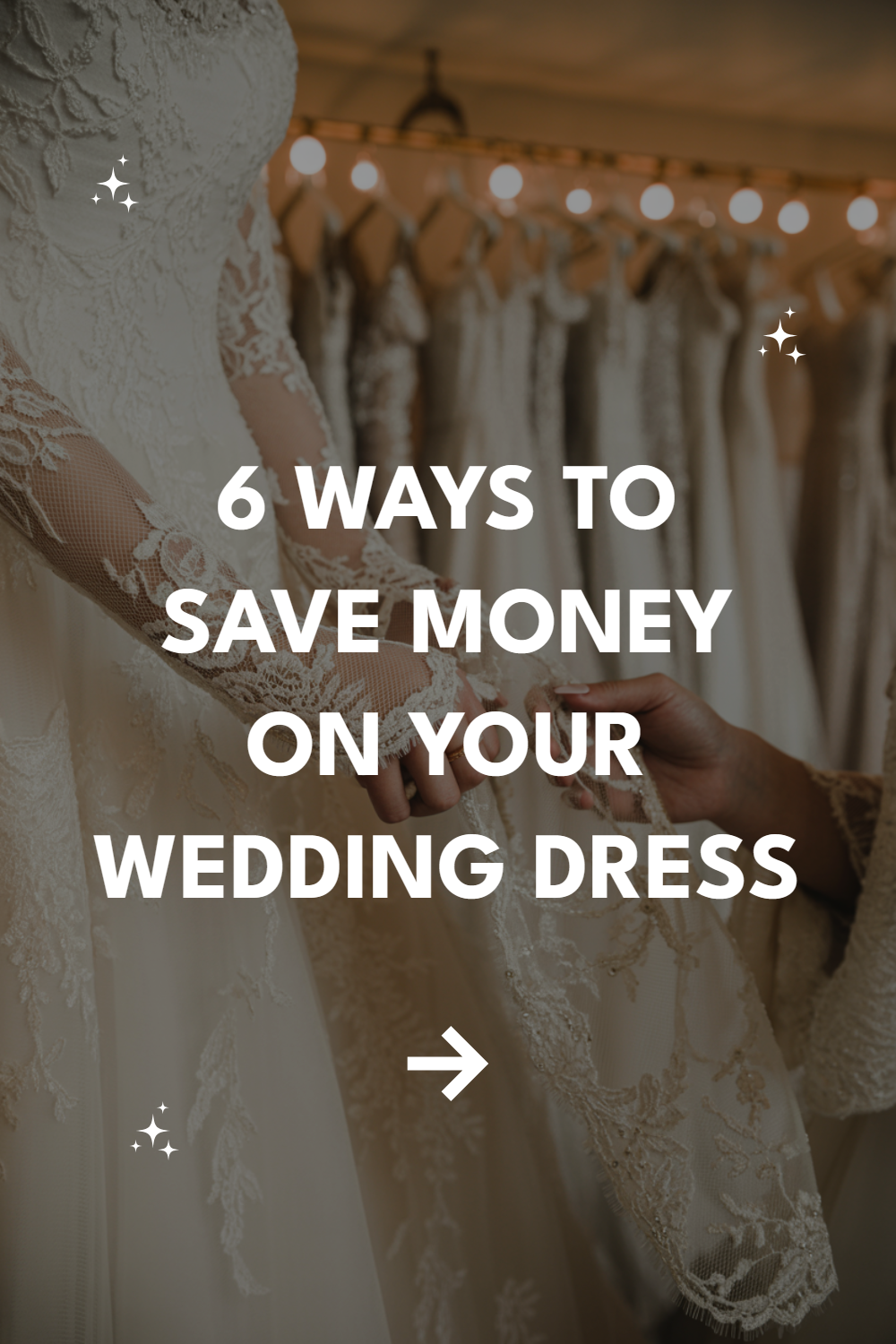Your wedding dress doesn’t have to drain your bank account to make you feel like a million bucks.
After watching countless brides stress over dress budgets and seeing the creative solutions that actually work, I’ve learned that the smartest shoppers often look the most stunning on their big day.
1. Shop Sample Sales and Trunk Shows
Sample sales are where wedding dress dreams come true without the nightmare price tag. These events happen when bridal shops need to clear out their floor samples to make room for new collections, and you can snag designer gowns for 30-70% off retail prices.
The catch? You’ll need to be flexible about sizing and timing. Sample dresses are usually size 8, 10, or 12, and they’ve been tried on by other brides, so expect some wear and tear.
But here’s the thing—most “damage” is just minor stuff like makeup on the neckline or a loose button that any decent seamstress can fix for under $50.
Trunk shows work differently but can offer similar savings. Designers bring their latest collections to specific shops for a limited time, often with special pricing incentives.
You’ll get to see dresses that might not normally be available in that store, and sometimes there are exclusive discounts for orders placed during the event.
2. Consider Pre-Owned and Consignment Options
The secondhand wedding dress market has exploded in recent years, and honestly, it’s about time.
Websites like Nearly Newlywed, PreOwnedWeddingDresses.com, and even Facebook Marketplace are goldmines for gorgeous gowns at fraction of retail cost.
Many of these dresses were worn once for a few hours and then carefully preserved.
Some are even unworn—from brides who changed their minds or had to postpone their weddings. You can find designer dresses that originally cost $3,000 selling for $800-1,200.
Local consignment shops specializing in formal wear are another treasure trove. The selection might be smaller, but you can try before you buy, and the staff often knows the history of each dress. Plus, you’re supporting a local business while scoring a deal.
3. Explore Non-Traditional Retailers
Department stores like Nordstrom, BHLDN, and even Target have stepped up their bridal game significantly.
These retailers often carry wedding-appropriate dresses that cost significantly less than traditional bridal boutiques because they don’t have the “bridal markup” that can inflate prices by 200-300%.
White or ivory cocktail dresses, evening gowns, and even prom dresses can make stunning wedding attire. The key is looking beyond the “bridal” section and focusing on the style, fabric, and how the dress makes you feel.
Online retailers like ASOS, Lulus, and Reformation offer beautiful white dresses specifically marketed for weddings at much lower price points. Just be sure to order early enough for alterations and returns if needed.
4. Time Your Purchase Strategically
Wedding dress shopping has seasons, just like everything else in fashion. January through March is typically the slowest time for bridal shops, which means better deals and more negotiating power for you.
End-of-season sales happen when shops need to clear inventory for new collections. This usually occurs in late summer and early fall. If you’re planning a wedding that’s 8-12 months away, this timing can work perfectly.
Holiday weekends often bring sales too, especially around Memorial Day, Labor Day, and the week between Christmas and New Year’s. Shops know brides are looking for deals during these times and often offer special promotions.
5. Get Creative with Rental Options
Dress rental services have revolutionized the wedding industry, and the stigma around renting your wedding dress is practically gone.
Companies like Rent the Runway, Nearly Newlywed Rental, and local rental shops offer designer gowns for a fraction of the purchase price.
Rental typically costs 10-15% of the dress’s retail value, which means you could wear a $4,000 designer gown for $400-600. The rental usually includes professional cleaning, and many services offer a backup size in case the fit isn’t perfect.
The biggest advantage? You don’t have to worry about preservation, storage, or what to do with the dress after the wedding. You wear it, love it, and send it back.
6. Simplify Your Alterations Strategy
Alterations can easily add $300-800 to your dress budget, but there are ways to minimize these costs. Choosing a dress that’s close to your size and doesn’t require major structural changes is the first step.
Simple hemming and basic taking-in at the sides are the most affordable alterations. Avoid dresses that need the bodice completely reconstructed or require adding sleeves, changing necklines, or other major modifications.
Consider finding a seamstress outside of the bridal shop where you purchased the dress. Independent alterations specialists often charge 30-50% less than bridal shop seamstresses, and they’re usually just as skilled.
| Alteration Type | Bridal Shop Cost | Independent Seamstress Cost |
|---|---|---|
| Basic Hemming | $150-250 | $75-150 |
| Side Seam Adjustments | $100-200 | $50-125 |
| Bustle Addition | $75-150 | $40-100 |
| Strap Adjustments | $50-100 | $25-75 |
Your Dress Budget Doesn’t Define Your Day
The most important thing to remember is that your wedding dress is just one element of your special day.
Some of the most radiant brides I’ve worked with wore dresses that cost less than $500, while others who spent thousands seemed stressed about protecting their investment rather than enjoying their celebration.
Focus on finding a dress that makes you feel confident and beautiful within your budget. The right dress at the right price will let you invest more in other aspects of your wedding—or better yet, your future together.


